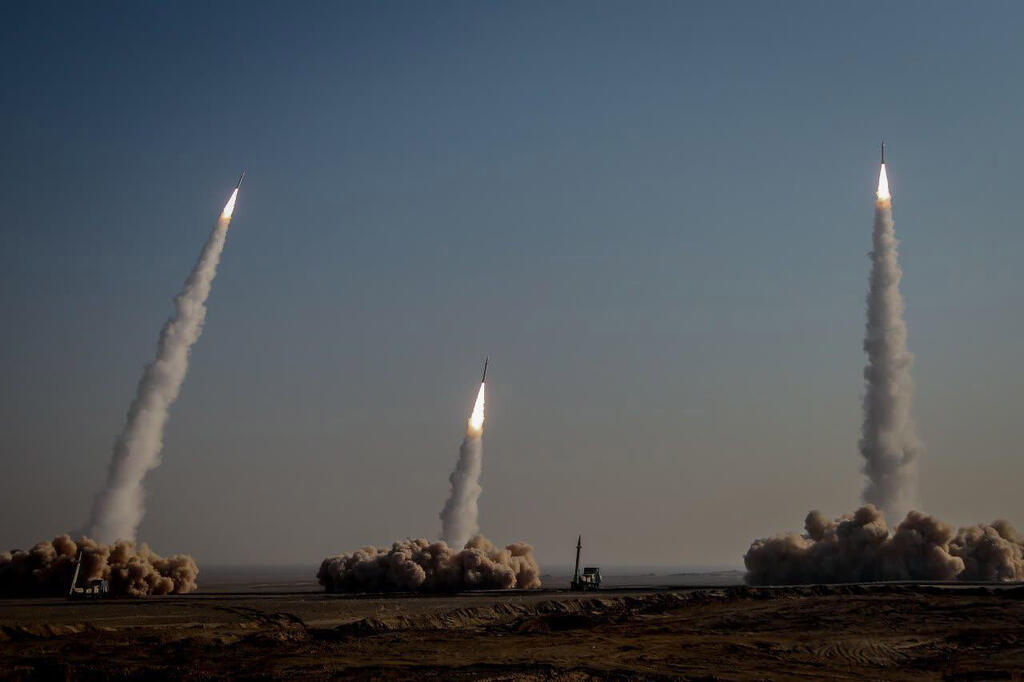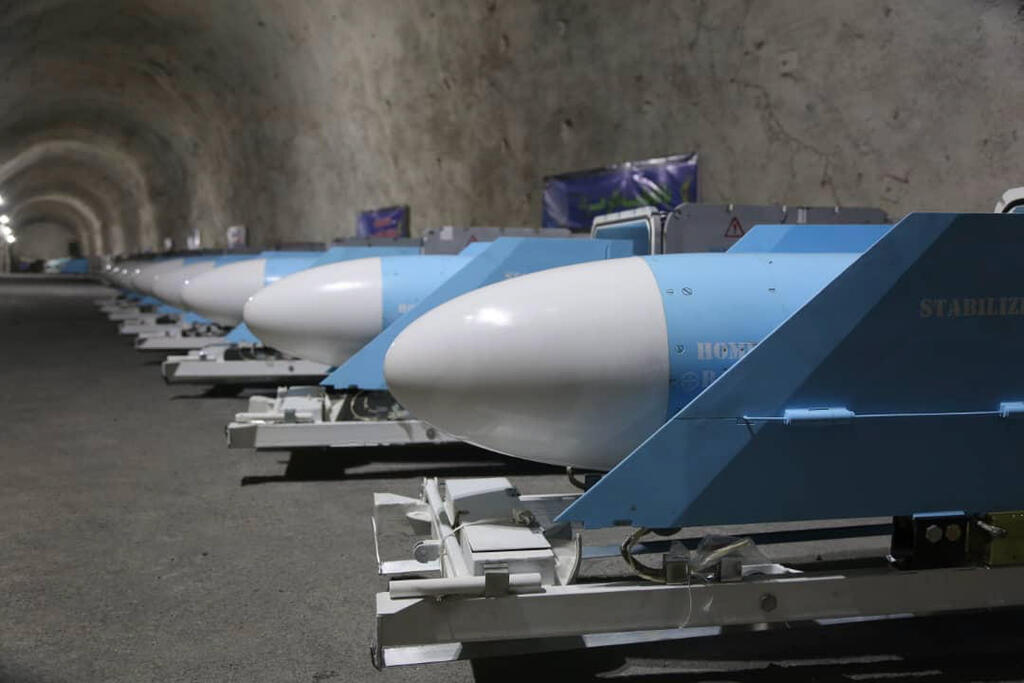Getting your Trinity Audio player ready...
Iran released images and film footage on Monday of what it said was a new base armed of its paramilitary Revolutionary Guard Corps with cruise and ballistic missiles and "electronic warfare" equipment, the country's state TV reported.
The report described the base as a "missile city" and showed rows of what looked like missiles in a depot with cement walls. It did not give any details on its location nor how many missiles are stored there.
Alireza Tangsiri, the head of the elite Revolutionary Guards' naval unit, told state TV the base had equipment to detect enemy signals.
The report said the base's "electronic warfare equipment" included radar, monitoring, simulation and disruption systems.
"What we see today is a small section of the great and expansive missile capability of Revolutionary Guards' naval forces," Guards commander Major general Hossein Salami said in the broadcast.
Last July, the Guard launched underground ballistic missiles as part of an exercise involving a mock-up American aircraft carrier in the Strait of Hormuz, highlighting its network of subterranean missile sites.
2 View gallery


Iran's Revolutionary Guard Corps launches underground ballistic missiles as part of an exercise
(Photo: EPA)
Since 2011, Iran has boasted of underground facilities across the country as well as along the southern coast near the strategic Strait of Hormuz. Iran claims to have missiles that can travel 2,000 kilometers (1,200 miles), placing much of the Middle East, including Israel, within range.
The U.S. and its Western allies see Iran's missile program as a threat, along with the country's nuclear program -- particularly after Tehran gradually breached its commitments to the 2015 nuclear deal with world powers, following the Trump administration's withdrawal from the deal in 2018.
Since Iran's bloody 1980s war with Iraq, which saw both nations fire missiles on cities, Iran has developed its ballistic missile program as a deterrent, especially as a UN arms embargo prevents it from buying high-tech weapons systems. The underground tunnels help protect those weapons, including liquid-fueled missiles that can only be fueled for short periods of time.


